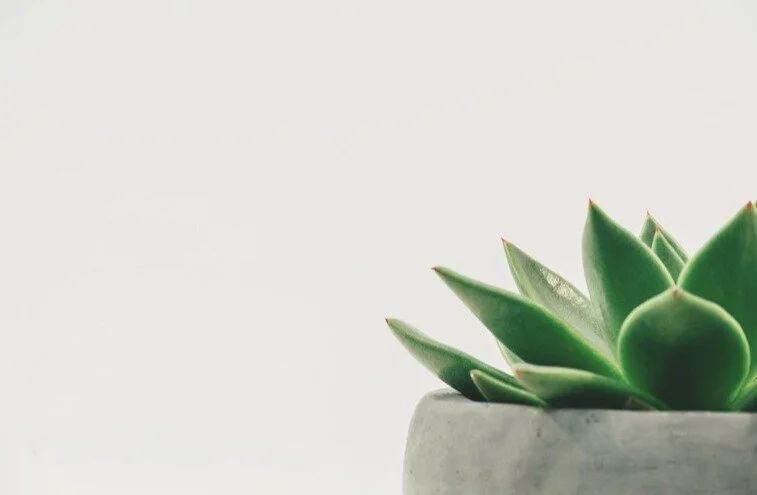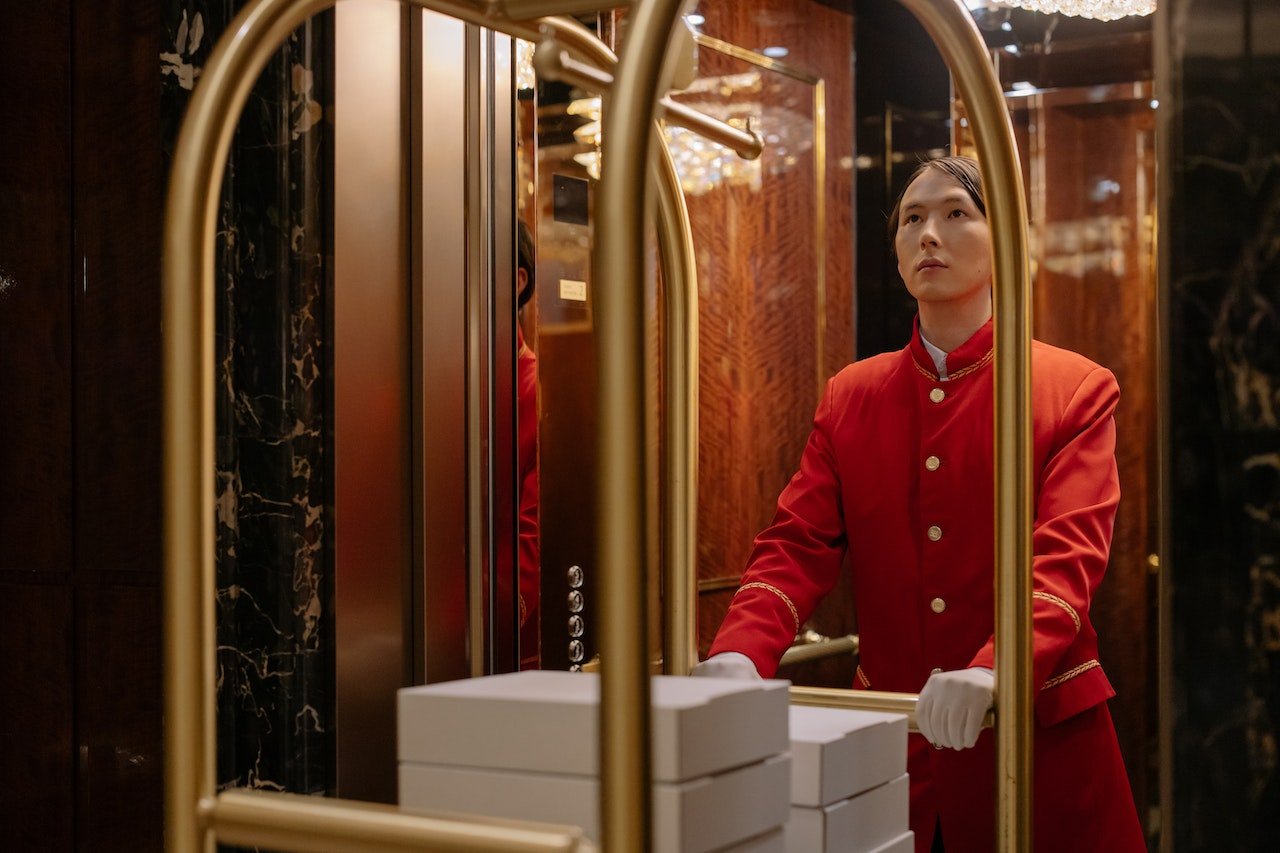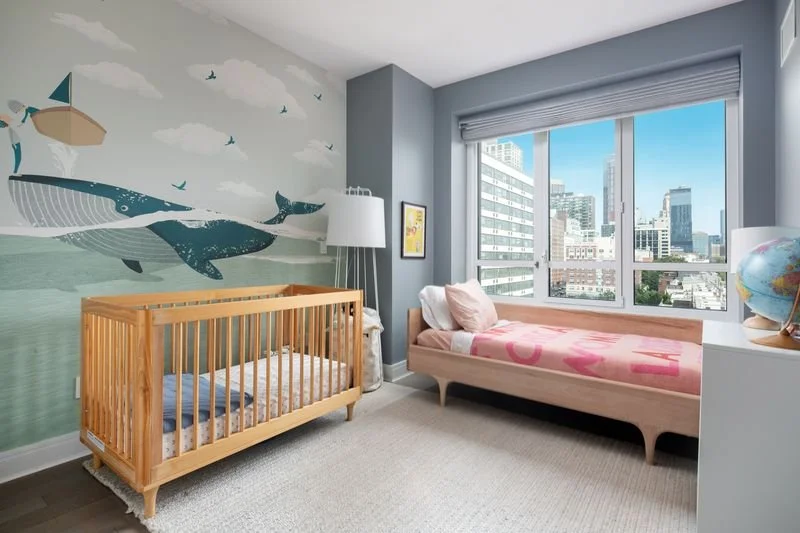Smart Gardening Guide: Can You Grow Succulents In Artificial Light?
Are you an avid succulent fan? Do you love the scents and flowers they produce or the beautiful colors they can add to your home? Do you also suffer in the winter months when your succulents lose their beauty, wilt, and even die from poor lighting, lack of air circulation, or bacteria leading to white spots on succulents? Well, you don’t have to suffer anymore. With modern artificial lighting, you can give your succulents the life-giving light they need, without burning up your home or costing an arm and a leg in electricity bills. Here’s our smart gardening guide to how you can grow your succulents in artificial light?
What Is Artificial Light?
Artificial lights for plants or ‘grow lights’ are electric lights that are used to help plants grow. Some lights are designed to imitate the sun and some are designed for the specific needs of plants. There's a variety of lights that are used in horticulture, from classic incandescent, to light-emitting diodes, commonly known as LED to fluorescent lights and high-intensity discharge lamps known as HID’s. There is a huge range of lighting to help you grow your plants in adverse conditions.
How Much Light Do Your Succulents Need?
Understanding how much light your plants need will help you find the right lights. To give you an idea of measurements, the sun at noon produces around 10,000 lumens per square foot. That doesn't mean you need light as powerful as the sun, but you can replicate the amount of light your plant would receive throughout the day. A light at 2,000 lumens running for 14 hours will be about the same as the sun gives throughout the course of a day. Succulents originate in dry, sunny environments, so they like light. If you have 2,000 lumens per square foot, that will be enough to keep your plants happy.
Do Succulents Require Any Specific Light?
Due to their love of sunlight, succulents require a specific color that is present in bright sunlight. The unit used to measure the color of light is degrees of Kelvin and is measured on a scale from 1,000 to 10,000. You would associate low kelvin light with ambient, cozy lighting often seen in bedrooms and chandeliers/High-level Kelvin over 5,000K takes on the appearance of cool daylight and is more common with security lighting, task lighting, and grow lights. For your indoor succulent setup, you will want lights with 5,000 Kelvins or more to give an adequate replacement for the sun. Blue light over red light is preferred. If you are wanting to make your plants flower, you can reduce the Kelvins to 3,000.
Which Type Of Light?
The type of light you choose can come down to a few factors such as cost, efficiency, and scale. For a simple home setup, Fluorescent lights are inexpensive and readily available. They don’t have to be lights custom-made for growing, but they can do the job you need them to do. LED lights can be a good grow light for succulents, although the initial cost may be higher, they will last longer and have a huge range of styles and sizes available on the market. High-pressure sodium lamps are used in large-scale grow operations because they are highly efficient, however, they also contain dangerous elements such as mercury and are most likely overkill for any home grow system.
Read more: Do succulents Need Sun.
Know Your Light Cycles
If you are growing your succulents under lights all year round, you will be able to replicate summer and winter by changing the light cycles for your plants. If you are bringing them in from outside for the winter, you will need to imitate fall. Succulents have a dormant phase which they enter in winter, so to prevent your plants from growing too big, or you want to reduce the electricity consumption, you can slowly reduce the hours of light they receive per day. From around 20 hours to 16 hours and they will respond as if it's wintertime. If you would like to keep growing, you can replicate summer by keeping the lights on for a 24-hour cycle.
A lack of light or the onset of winter should not mean your succulents should lose any of their beauty or health., With the right lighting system and knowledge, you will be able to care for your prized plants no matter what the sun is providing you with. Keep your succulents succulent all year round with an effective artificial lighting system.








